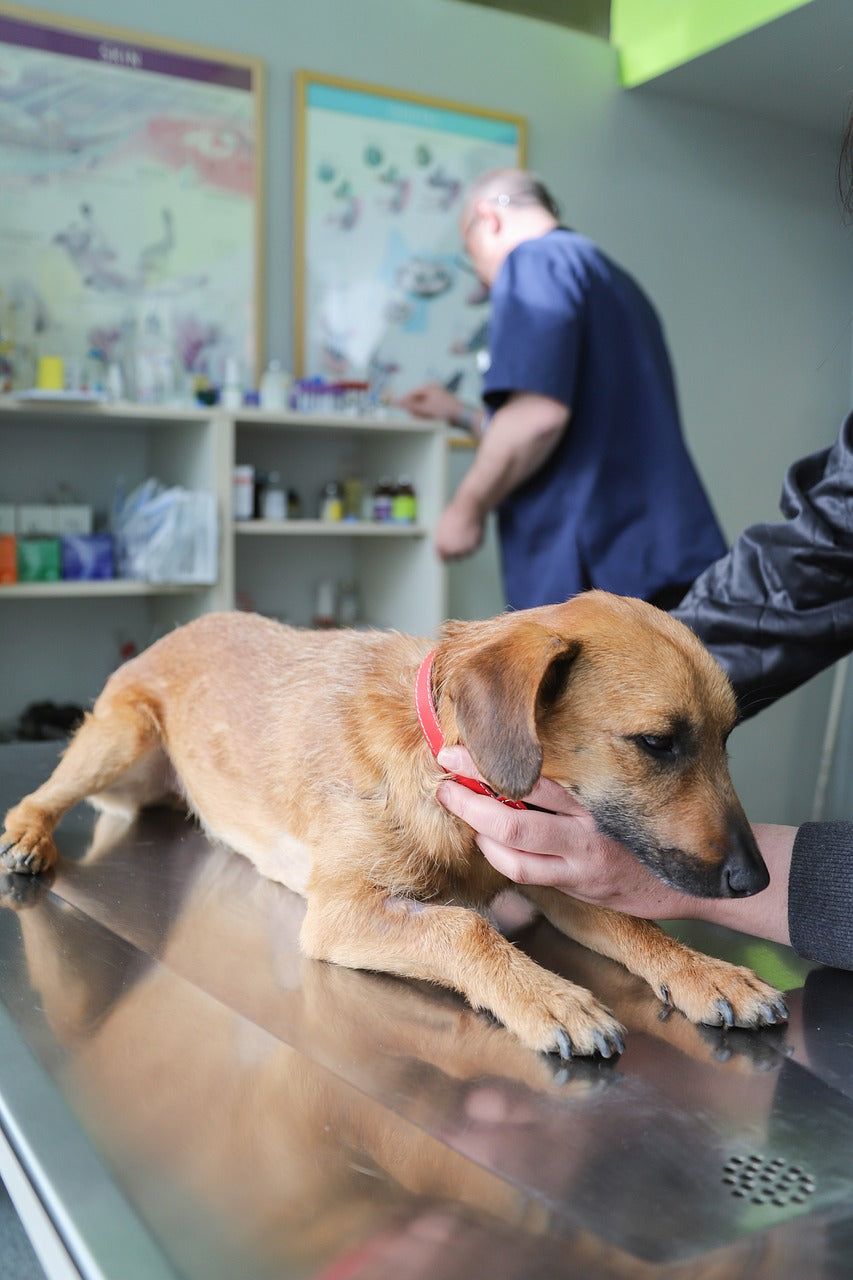Introducing a dog and a cat to each other requires patience, careful planning, and supervision to ensure a smooth transition. Here's a step-by-step plan to help you introduce a dog and a cat:
-
Prepare a Safe Space for the Cat:
- Set up a separate room with all the cat's essentials, including food, water, litter box, and toys.
- Make sure the room has a hiding spot where the cat can retreat if feeling stressed.
-
Allow them to Smell Each Other's Scents:
- Before the face-to-face introduction, exchange bedding or toys between the two animals so they can become familiar with each other's scents.
-
Gradual Introduction through a Closed Door:
- Keep the dog and cat separated initially by a closed door. Allow them to hear and smell each other without direct contact.
- Reward both animals with treats or positive reinforcement when they exhibit calm behavior near the door.
-
Switch Living Areas:
- After a few days, switch their living areas. Allow the cat to explore the rest of the house while the dog is confined to the cat's room, and vice versa. This helps them become accustomed to each other's scents in the shared environment.
-
Visual Introduction on Leash:
- With the dog on a leash, allow them to see each other through a baby gate or cracked door. Keep the interactions brief and positive.
- Reward both animals for calm behavior. If either exhibits signs of stress or aggression, move them further apart and try again later.
-
Supervised Face-to-Face Interaction:
- When both animals seem comfortable with each other's presence, allow a supervised face-to-face interaction in a controlled environment.
- Keep the dog on a leash and let the cat approach at its own pace. Do not force the interaction.
- Reward positive behavior with treats and praise.
-
Observe Body Language:
- Pay close attention to the body language of both animals. Look for signs of stress, fear, or aggression.
- If tensions arise, separate them and go back a step in the introduction process.
-
Positive Reinforcement:
- Continue to reinforce positive interactions with treats, praise, and affection.
- Gradually increase the time they spend together, always monitoring their behavior.
-
Provide Safe Spaces:
- Ensure the cat has access to high perches or hiding spots where it can escape if needed.
-
Be Patient:
- Building a positive relationship between a dog and a cat takes time. Be patient and allow them to adjust to each other gradually.
Remember, every animal is unique, and the timeline for introduction may vary. It's crucial to prioritize the safety and well-being of both the dog and the cat throughout the process. If any signs of aggression persist, consider seeking advice from a professional animal behaviorist or trainer.





Leave a comment
All comments are moderated before being published.
This site is protected by hCaptcha and the hCaptcha Privacy Policy and Terms of Service apply.